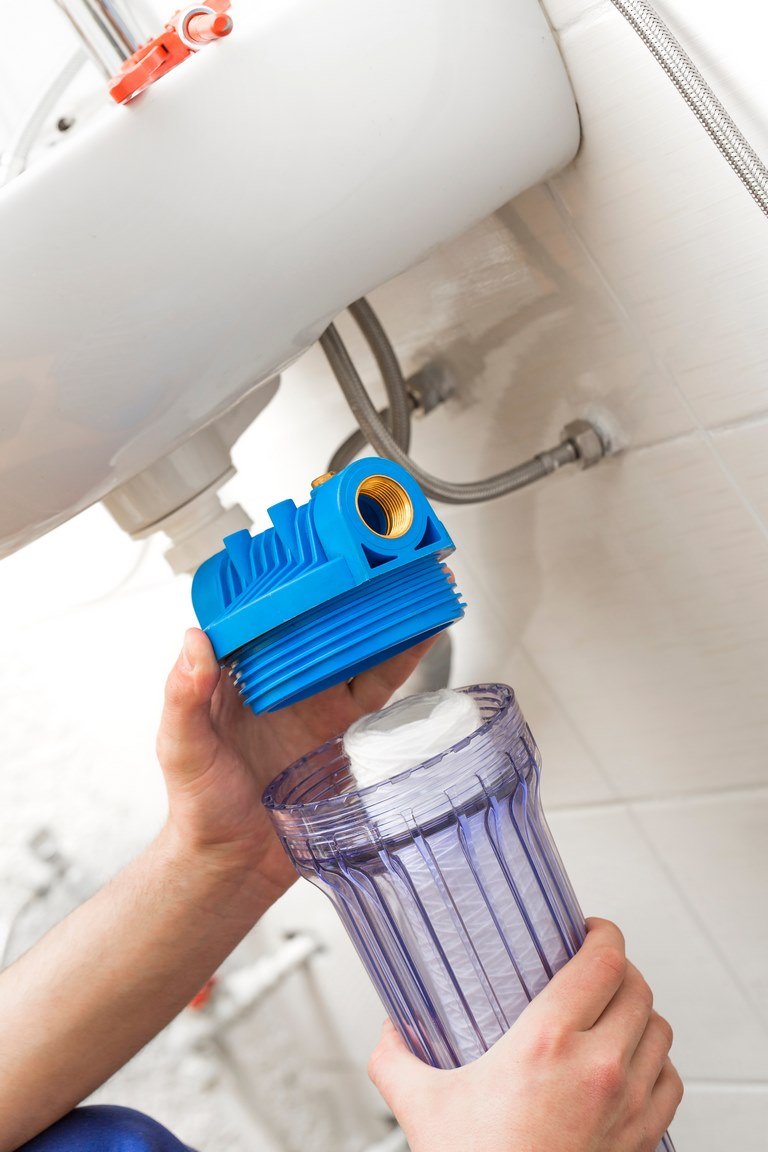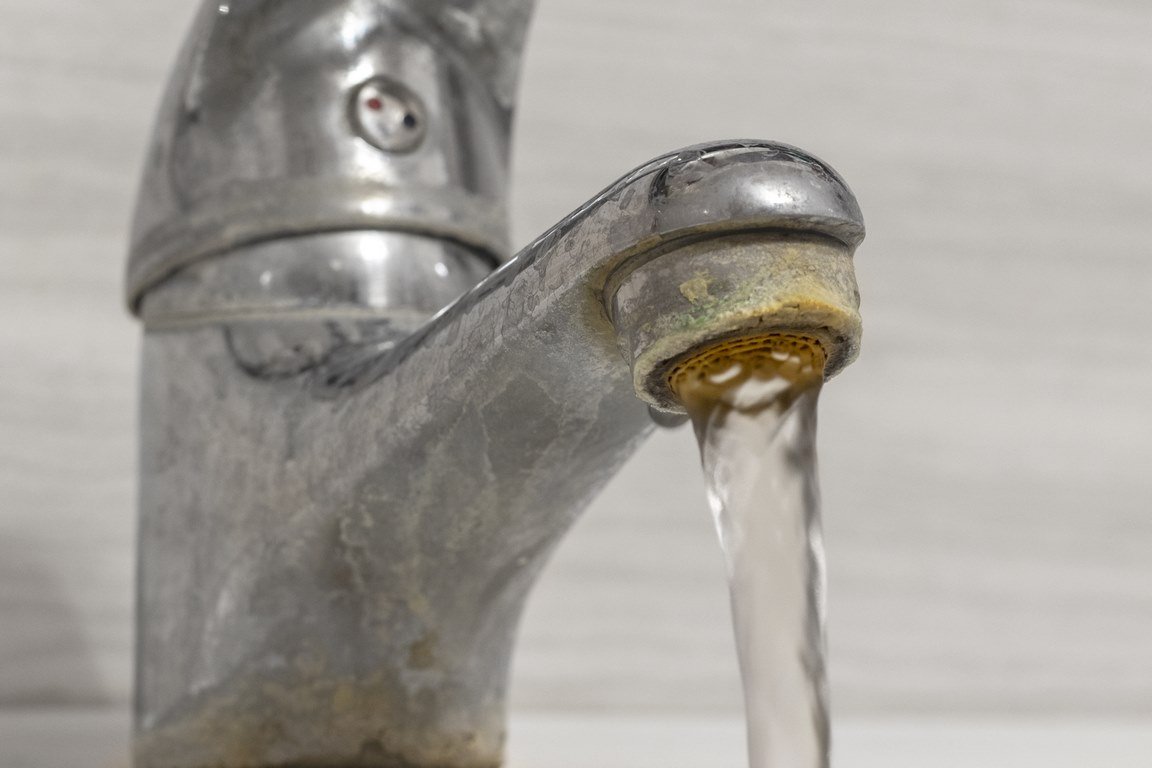Table of Contents Show
Water makes up a significant part of the planet Earth, and it’s essential not only to our health but to our everyday lives.
That said, running water is a necessity in every household, and the quality of it is something you should take seriously. Otherwise, this could lead to a number of different problems, such as health issues or plumbing troubles.

It’s essential to be aware of the common water problems that can occur at home, how to identify them, and how best to solve them. That way, you can identify and address any problems early on and prevent them from causing major damage, be it to your health or to your home.
A quick response will also allow you to save on repair costs, which are sure to be more expensive if you let the problem go unaddressed for too long.
To help you, below are five common water problems you may encounter at home and how to solve them.
1. Hard Water
Hard water refers to water that contains large amounts of mineral salts such as calcium and magnesium. The presence of hard water may not be very noticeable at home, but it can cause a significant amount of trouble.
Having hard water at home can lead to the buildup of limescale, a chalky substance made mostly of calcium carbonate.
Though it may seem harmless, limescale can build up in your appliances and pipes, which leads to clogging, reduced energy efficiency, and potential damage to the appliances.
Common indicators of hard water include scum formation, dull clothes from the laundry, and weak water flow.
Solution: The most effective way to solve the problem of hard water is to install a water softener system in your home. This allows you to remove minerals from the water and mitigate limescale buildup.
If you opt to get a water softener, remember to have it checked and tuned up yearly to ensure it stays in good working condition.
2. Bad Smell or Taste
It’s not uncommon for people to prefer bottled water to tap, especially if the water they have at home is bad-tasting or smelly water.
The quality of tap water could be poor due to a number of reasons, such as the presence of dissolved solids, the water source not being treated thoroughly enough, or just a high level of chlorine used in the treatment plant.
Solution: Depending on the reasons for the bad taste or smell, one way to get rid of it is to install a water filtration system in your home. There are different kinds available, like faucet filters and whole-house filters, and you can choose among them to find the best fit for your household’s needs.
Read Also:
3. Contamination By Bacteria
If your water has been contaminated by bacteria, it’s crucial to address this as soon as possible since it can pose significant health concerns for you and other people living in your home.
If you’re exposed to water containing bacteria such as E. coli, Cryptosporidium, and coliforms, you could get sick or develop short-term gastrointestinal issues.
Since the health issues caused by contaminated water may not always be immediate, it can be hard to tell right away if your water contains bacteria. To be sure, you may want to have a lab test done to evaluate the safety of your water.
Solution: One of the best ways to kill bacteria in the water is through the use of ultraviolet (UV) light, as it can eliminate all bacteria-causing organisms. It’s a safe and effective method of treatment whose purification system doesn’t require much maintenance.
You could also use chlorine for water treatment. While chlorine tablets can be used to disinfect smaller batches of water, you’ll have to do research on the best way to chlorinate your water supply at home to make it safe for use.
4. Presence of Iron and Manganese
If you notice the water at home looking discolored and stains appearing in the sink, bathtub, toilet, or even in the clothes you wash, you may have to check if your water supply has iron and manganese contaminants.
Though this isn’t harmful to your health, it does present other problems, such as stains, weird-tasting water, and reduced water pressure.
This issue is particularly common for borehole water, as iron minerals may seep into the water from underground.
Solution: There are different methods available for removing iron and manganese from water.
These include chemical oxidation and filtration, aeration and filtration, water softeners, and oxidizing filters. Shock chlorination is also another common approach, though it’s something that will have to be done repeatedly.
Conclusion
Given how important water is in our lives and how often we use it in our daily activities—to drink, to wash dishes and clothes, to take a bath—it’s important to ensure that the water we have at home is clean and of good quality.
If you suspect there might be a problem with your water supply, it’s important to address it immediately rather than wait for it to lead to bigger issues.










